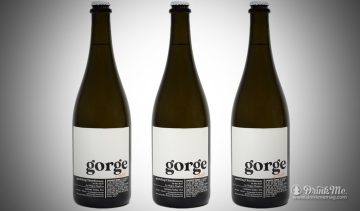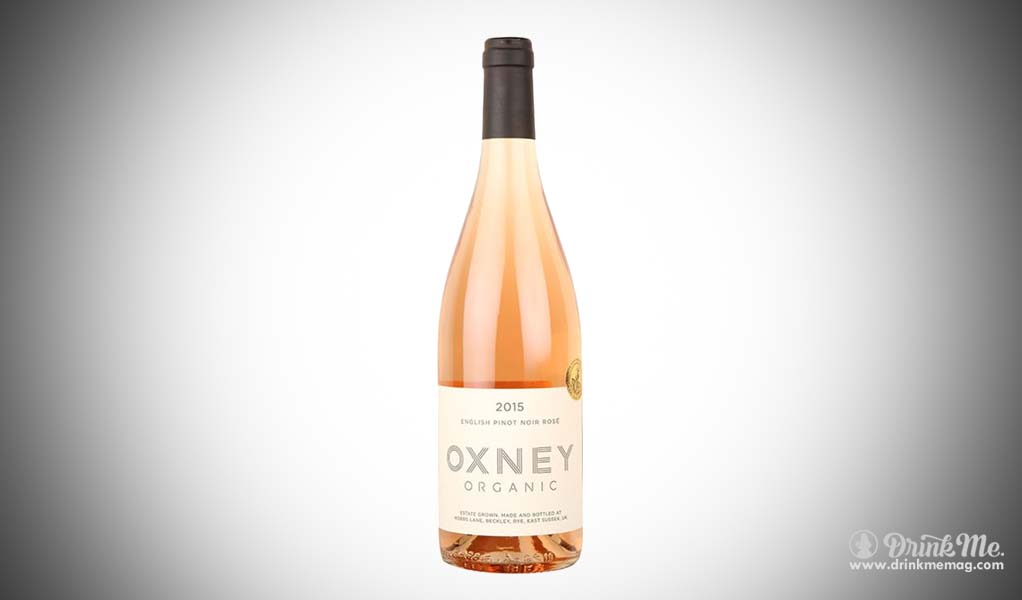In a span of two years, Oxney Estate successfully planted more than 20 acres of vines, including Chardonnay, Pinot Noir, Pinot Meunier and Seyval Blanc vines. These vines are used specifically to make sparkling and still organic wines. Yes, you read that correctly. Organic Wine. Tell everyone.
The vineyard grounds are located on Tunbridge Wells Sand soil, a predominant geological formation dating back to the early Cretaceous period (140 to 100 million years ago, just fyi). The rich is imperative to the wine-making process, as the microorganisms in the soil allow vines to thrive and mature, producing healthy, juicy grapes. Even with the aid of the soil, the process isn’t all fun and games. In the effort to avoid pesticides and herbicides, a mechanical cultivator is used to weed the vineyard along with hand-weeding to perfect and finish the work. Make sure to thank the workers for their hard work when you purchase one of their tasty, organic wines.
Organic farming minimizes the use of fossil fuel, giving more room for renewable energy to play a role in the winery’s sustainability. In addition, the estate has invested in two biomass boilers in order to replace oil and gas boilers. Through burning logs, wood chips, and other biomass material, Oxney Organic Estate is able to dry their grain, regulate the temperature in the winery, and provide heat for the surrounding houses, cottages, and buildings.
The actual winery is located in an old oast house. Between the height of these buildings and the thinness of the foundation and floors, early oasts were not made to last. Oxney’s building has been converted and updated in order to support the technology needed to create the organic wines. Fortunately, the winery restoration project has proved beneficial to visitors and tours alike, creating the ideal location to indulge your first taste of organic wine.










